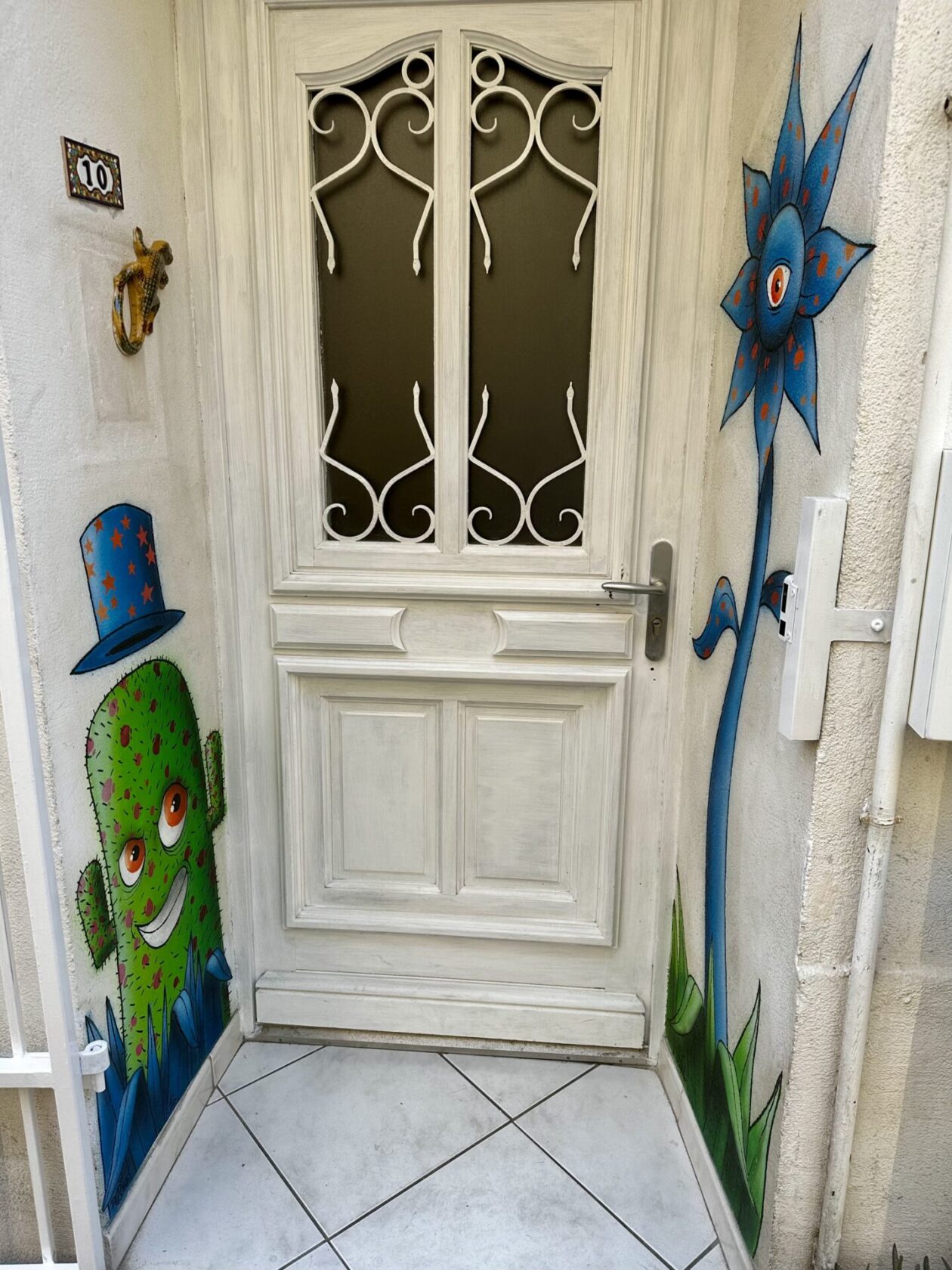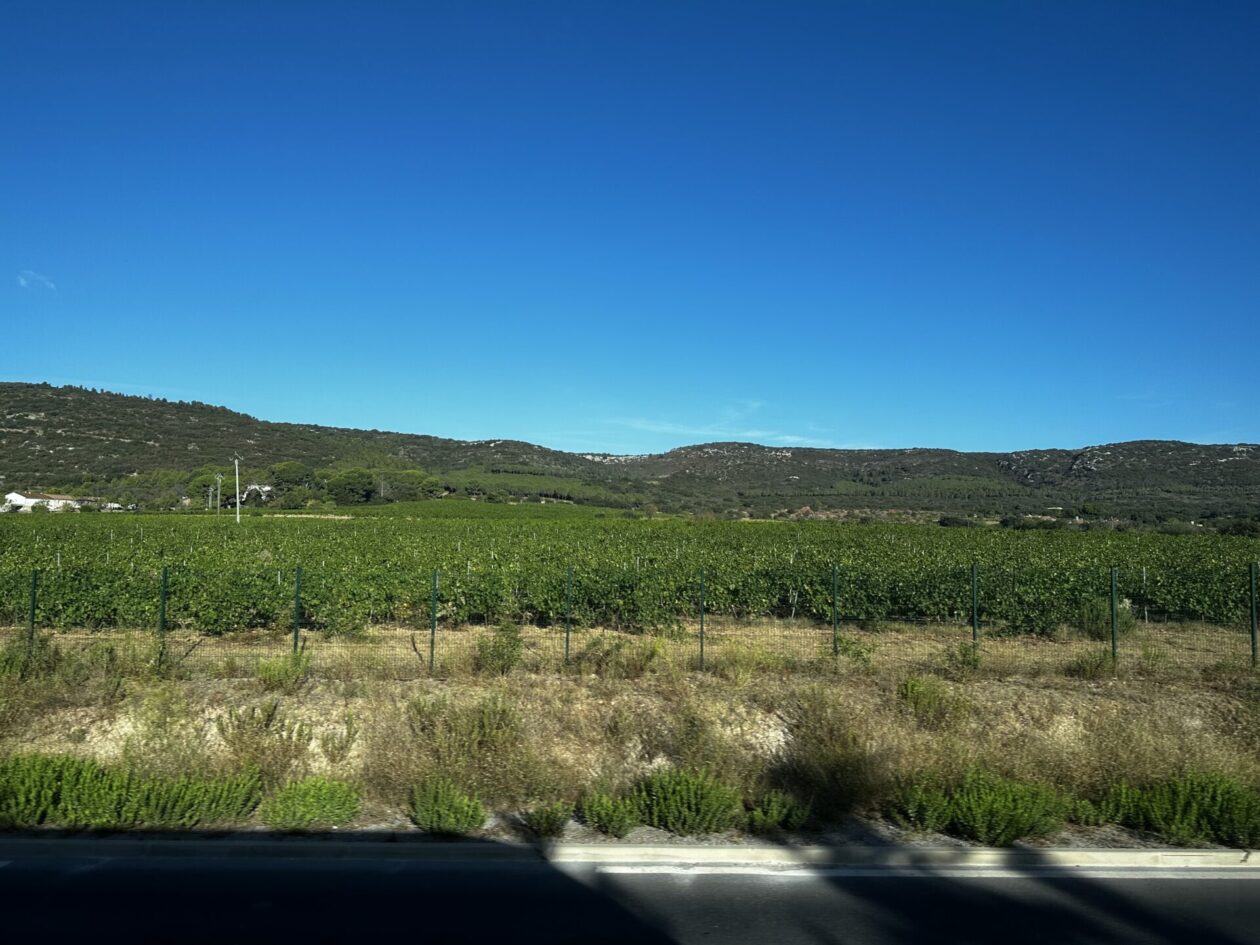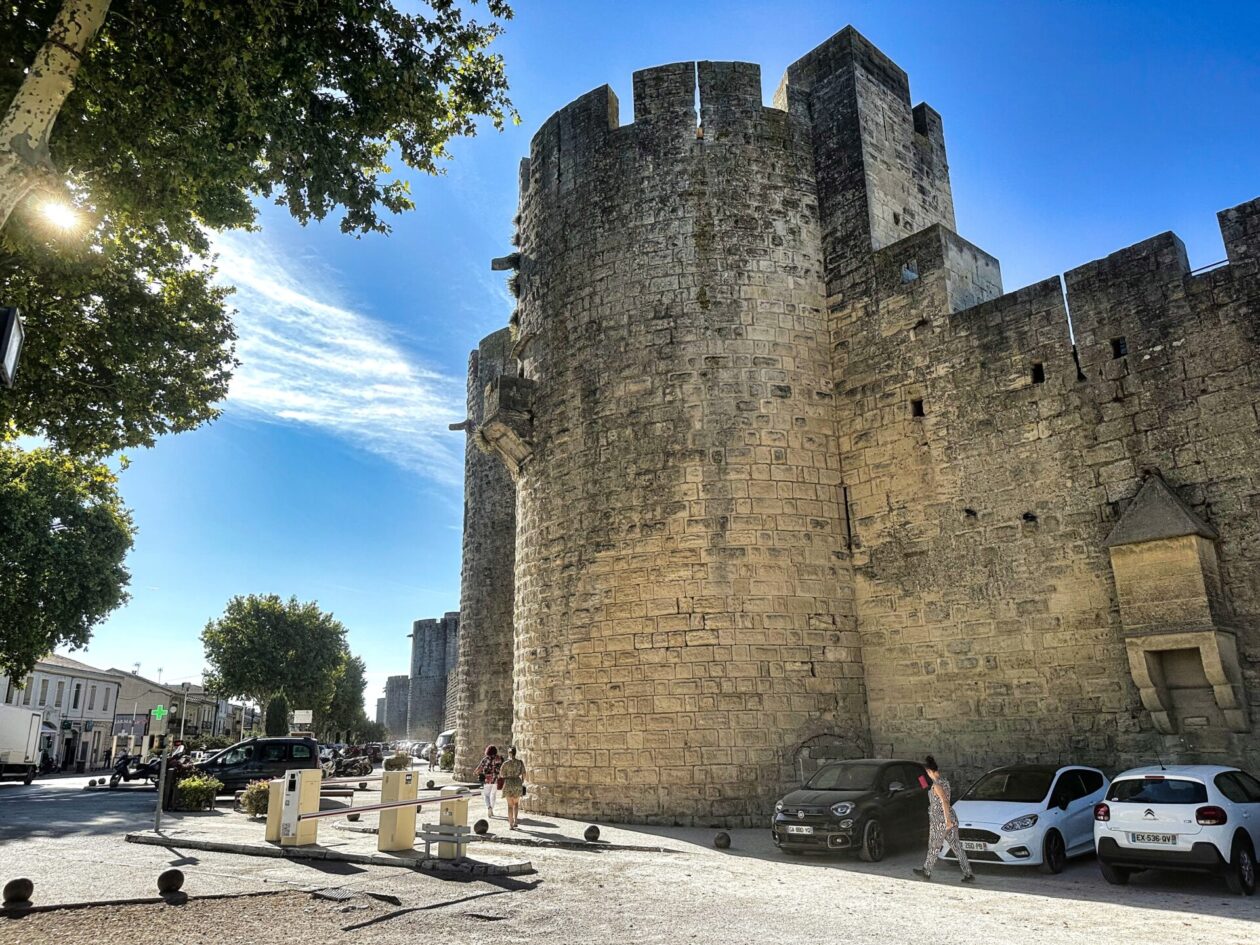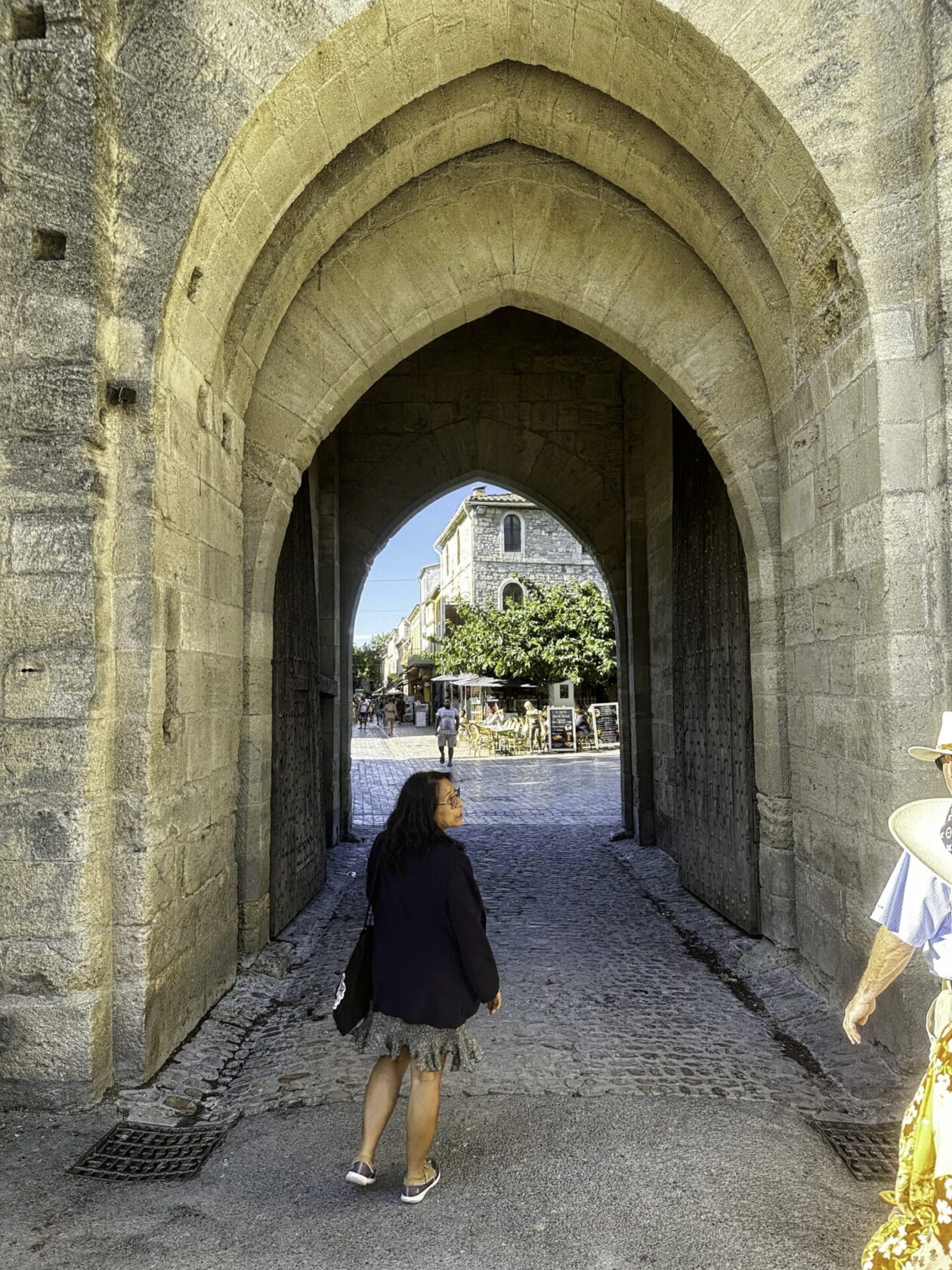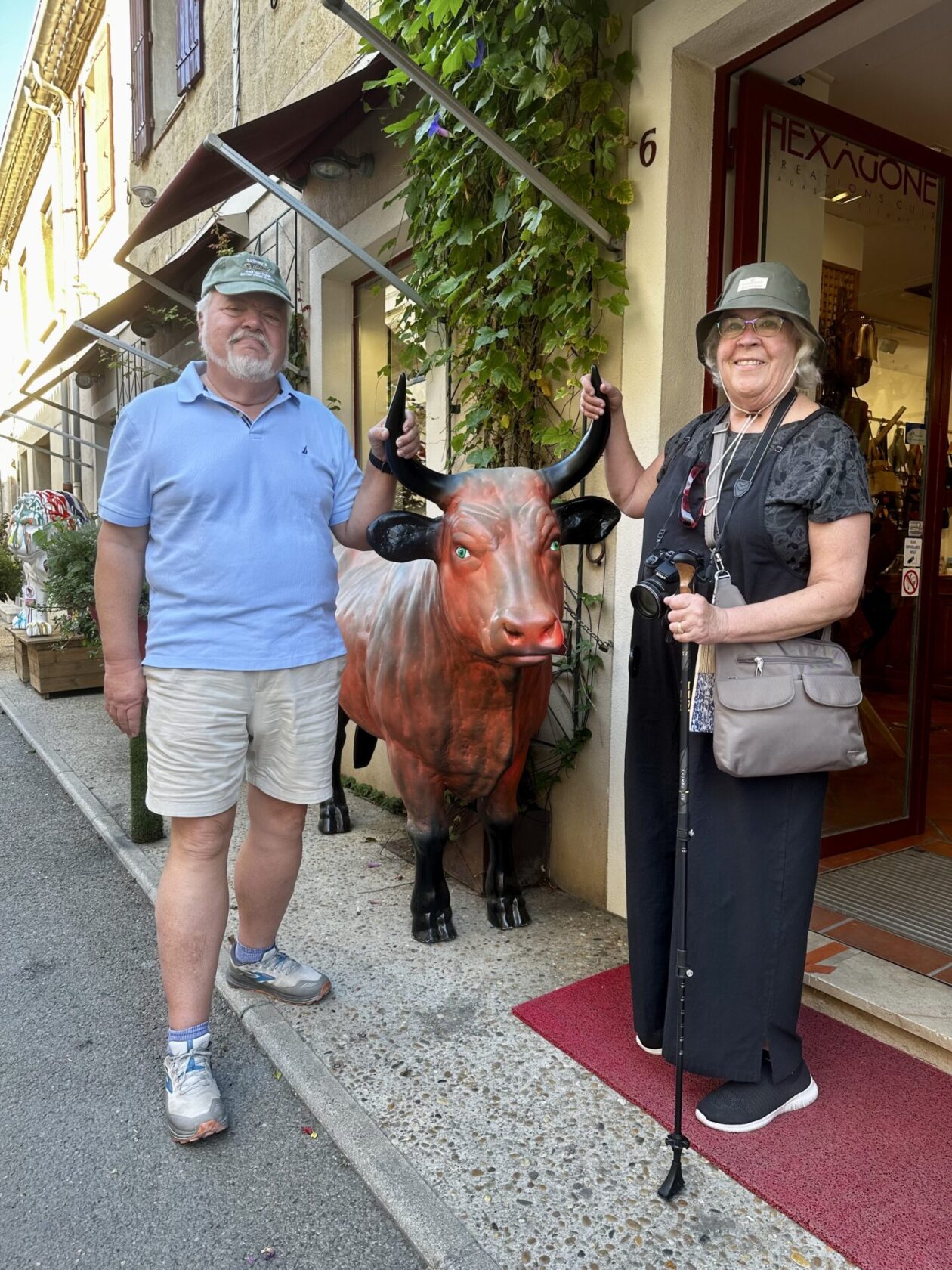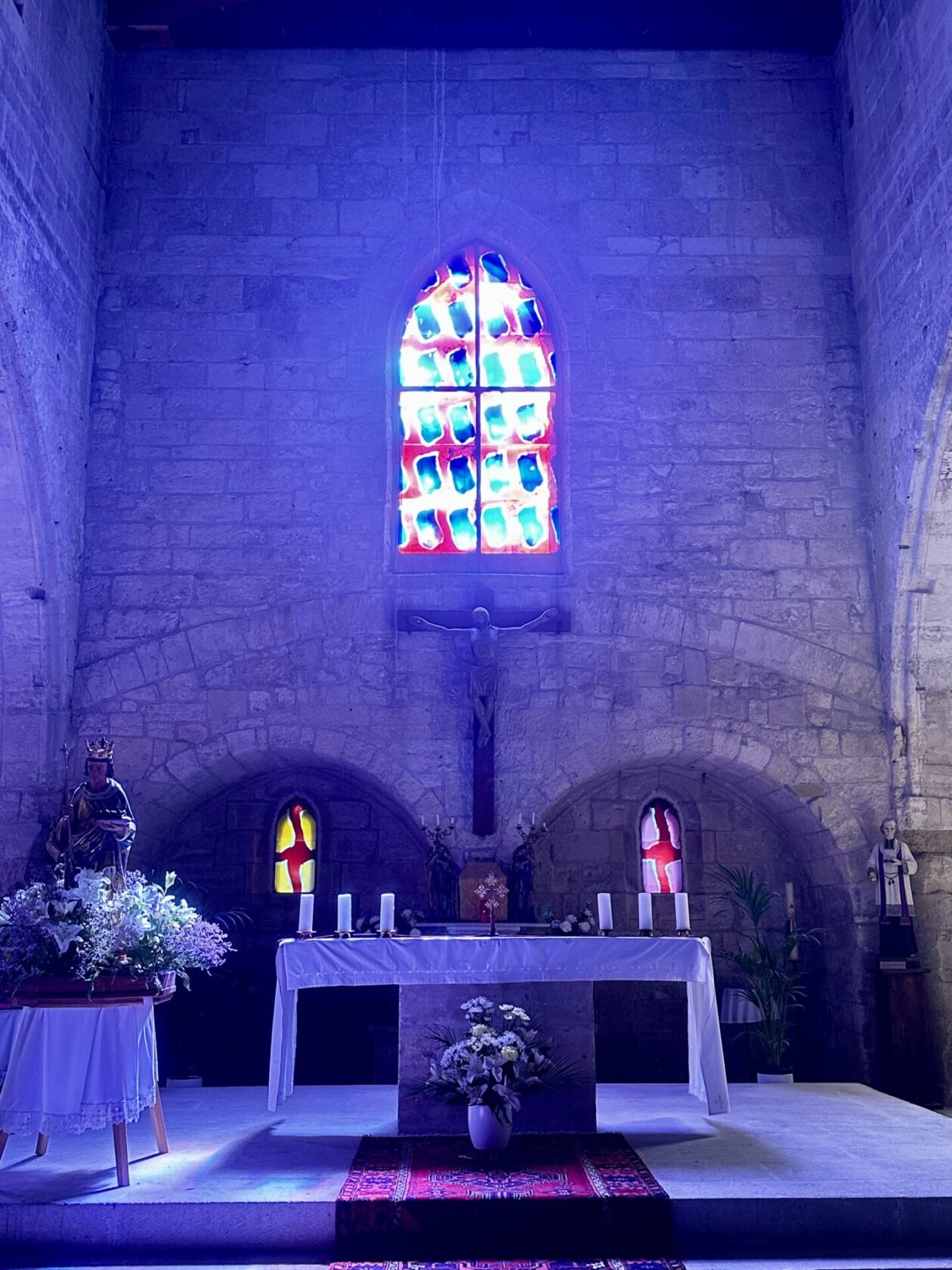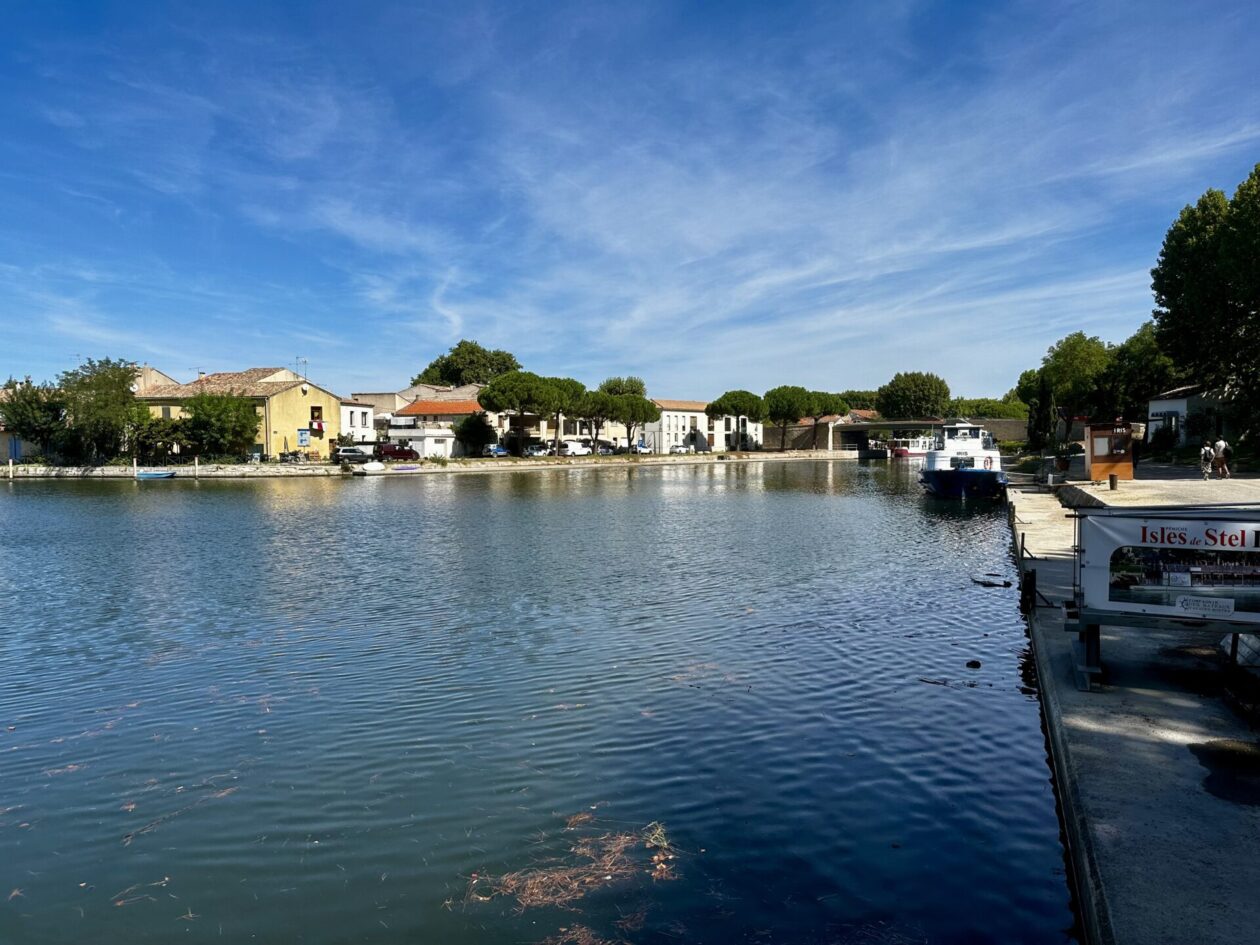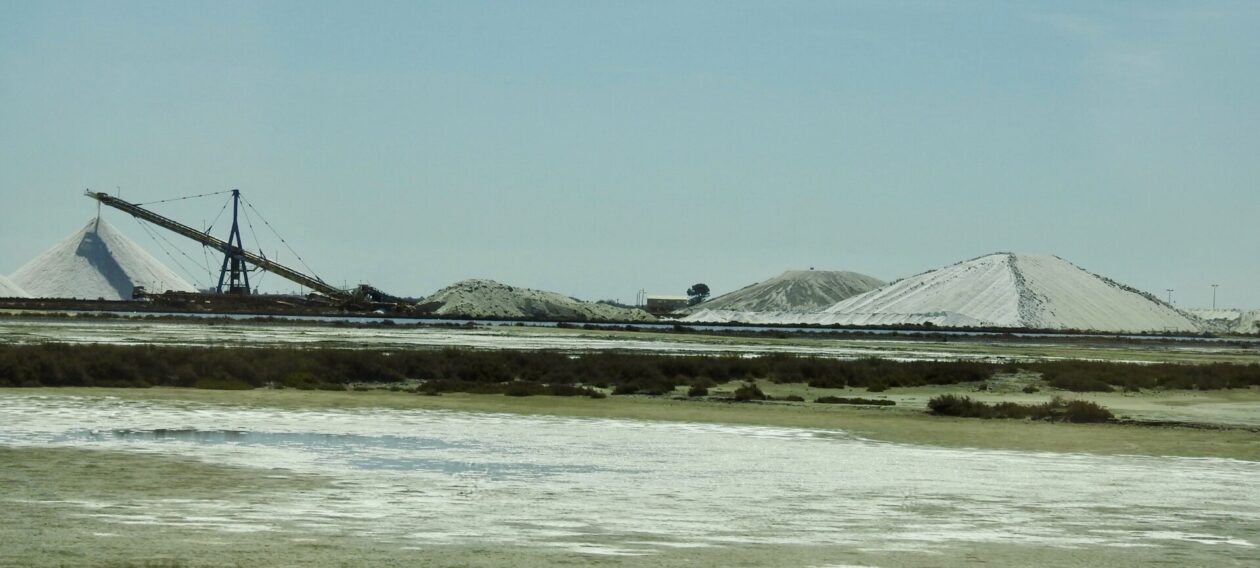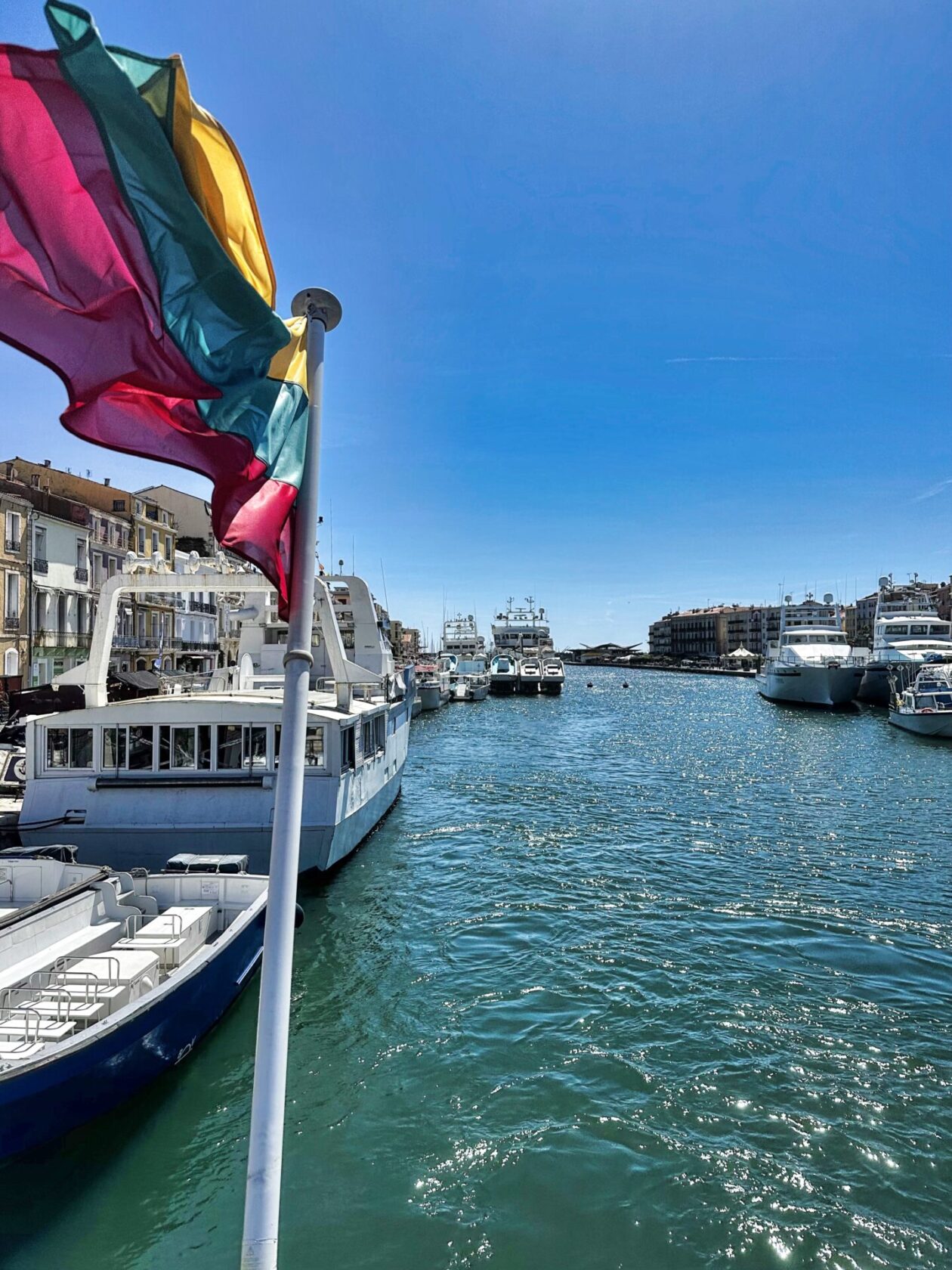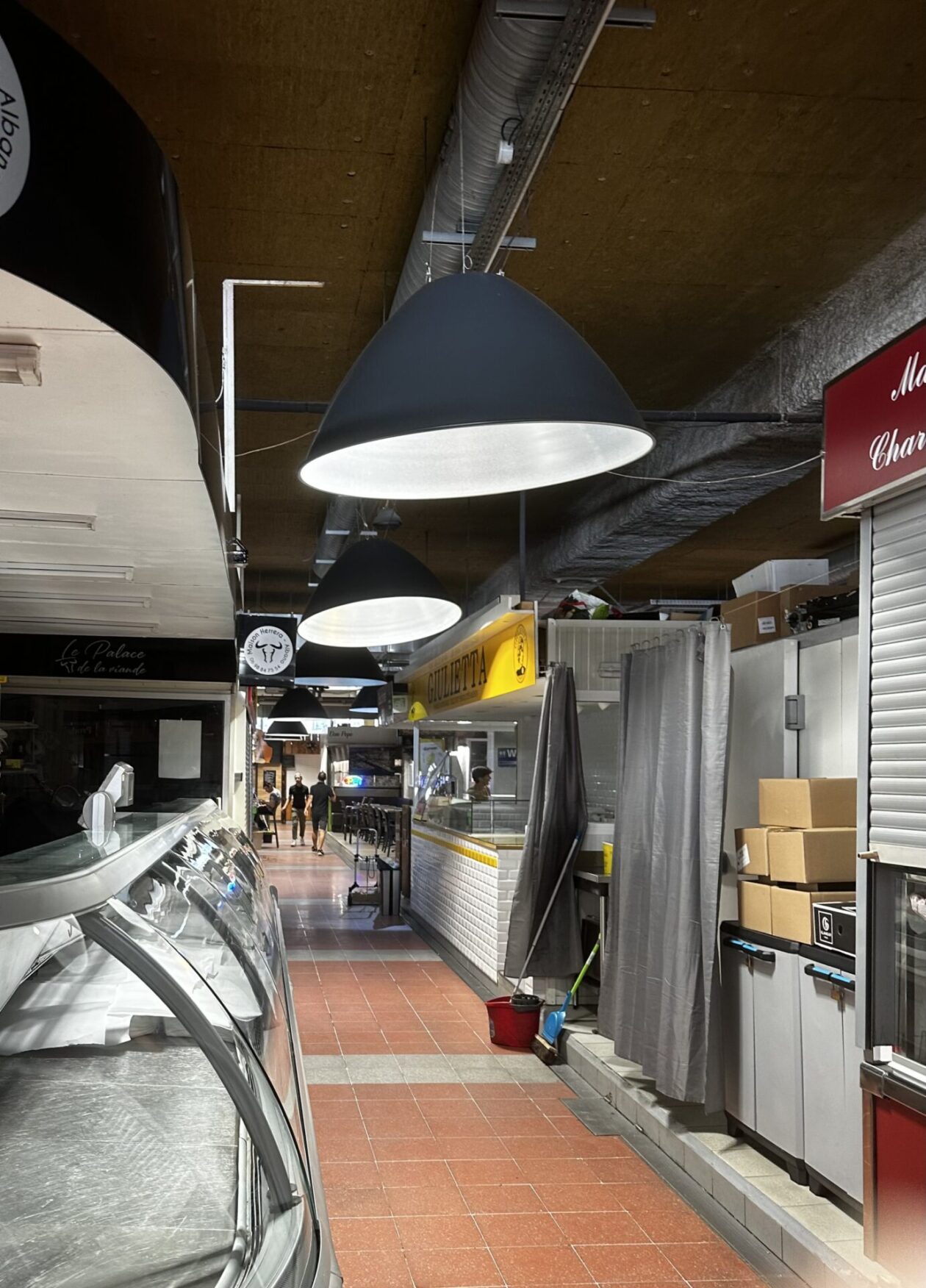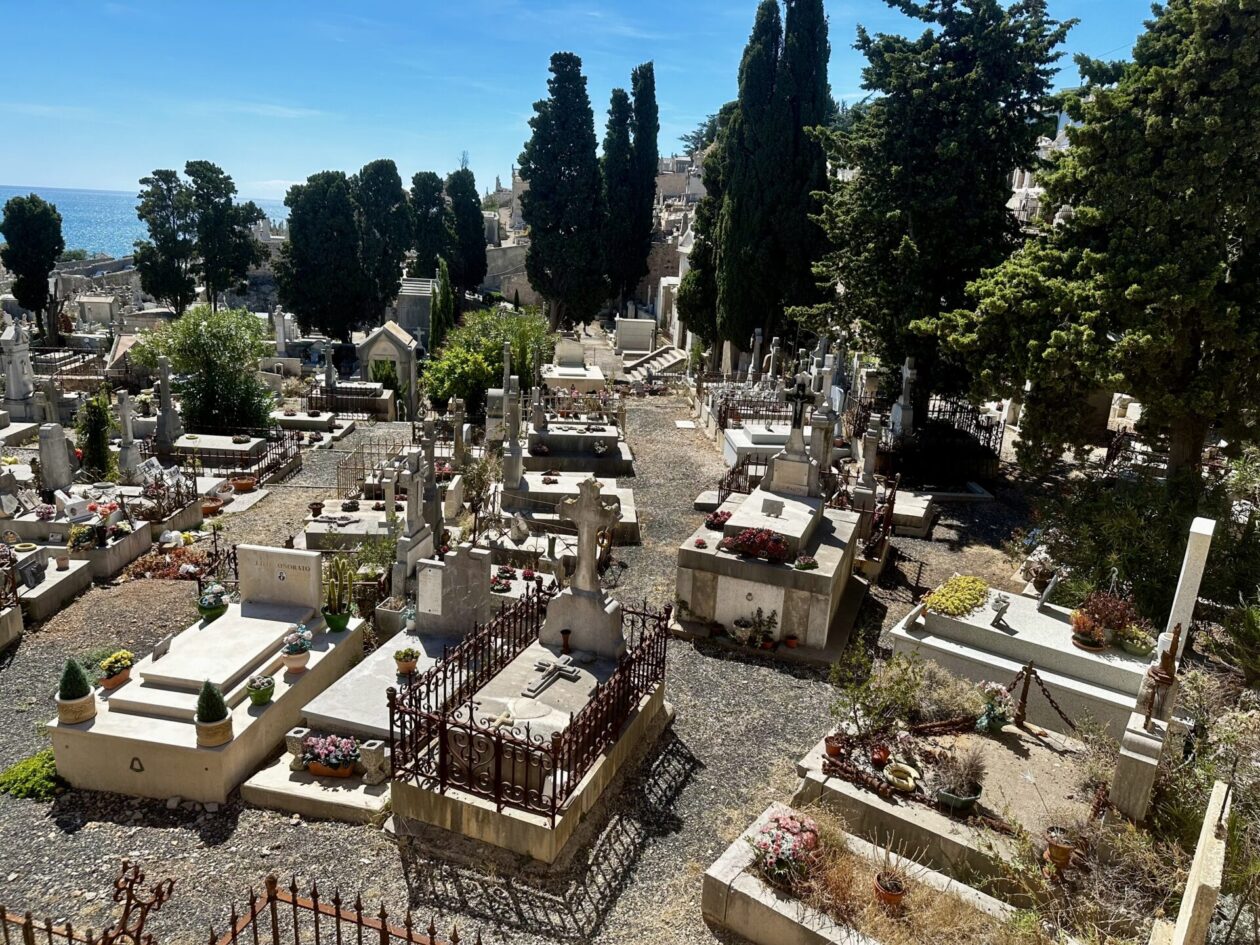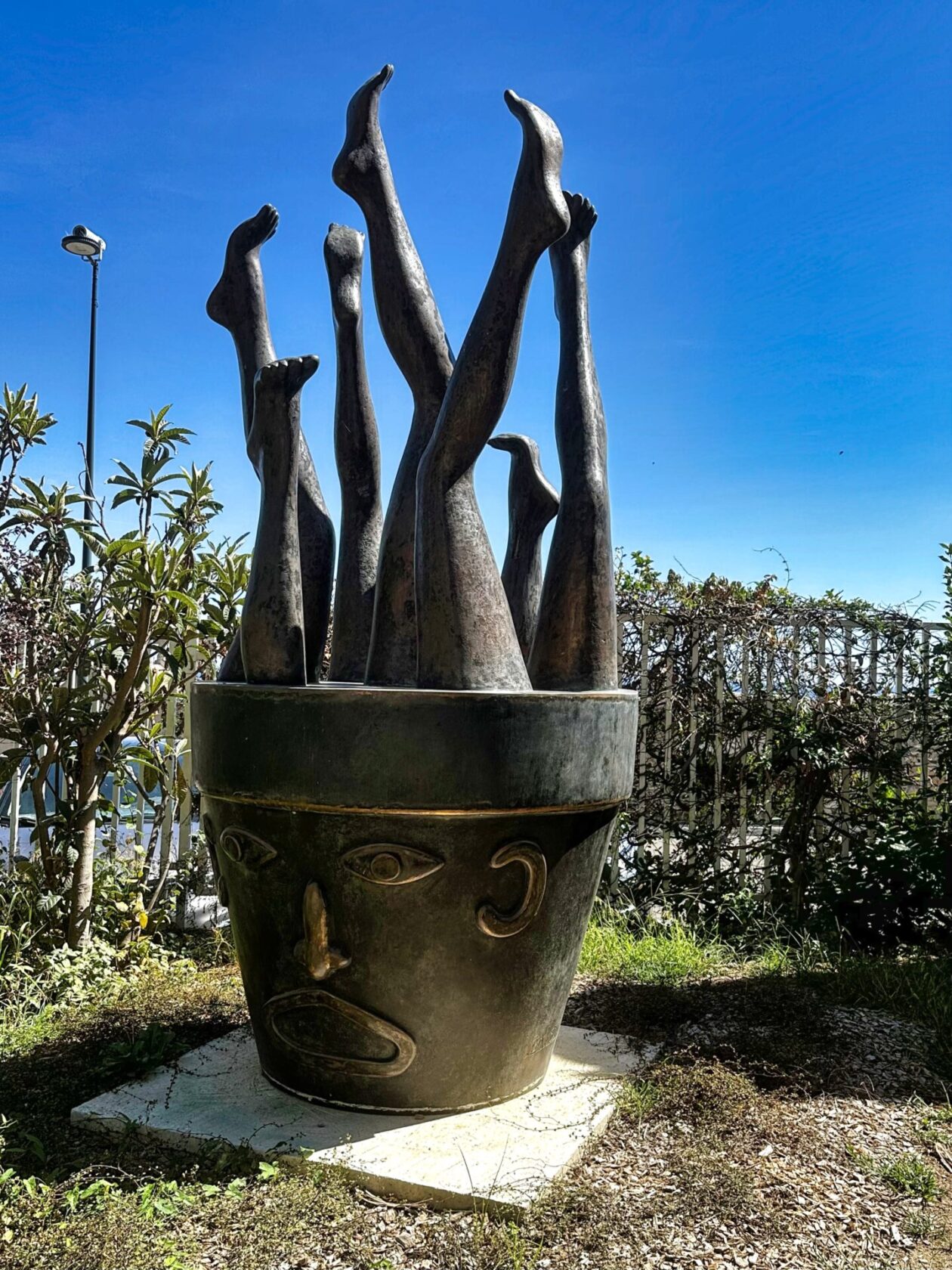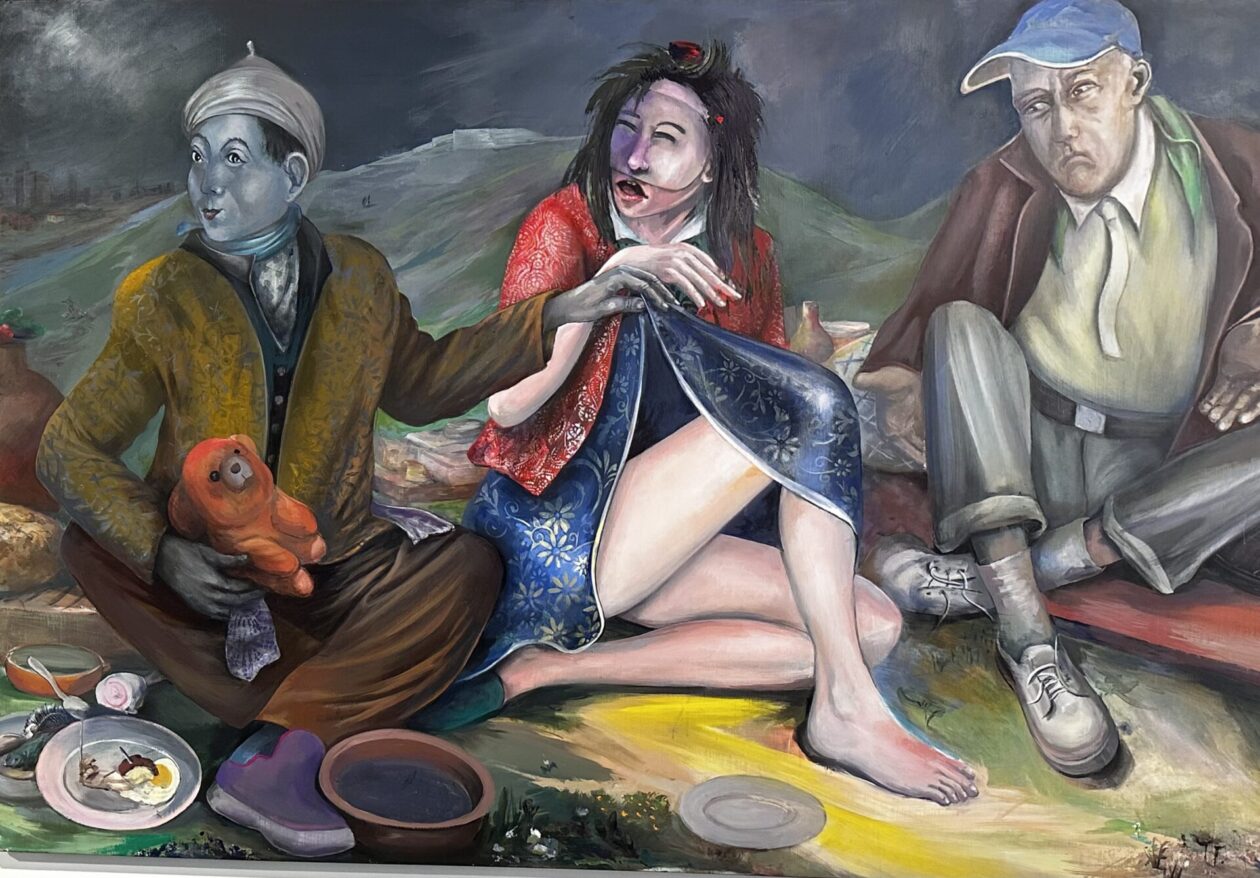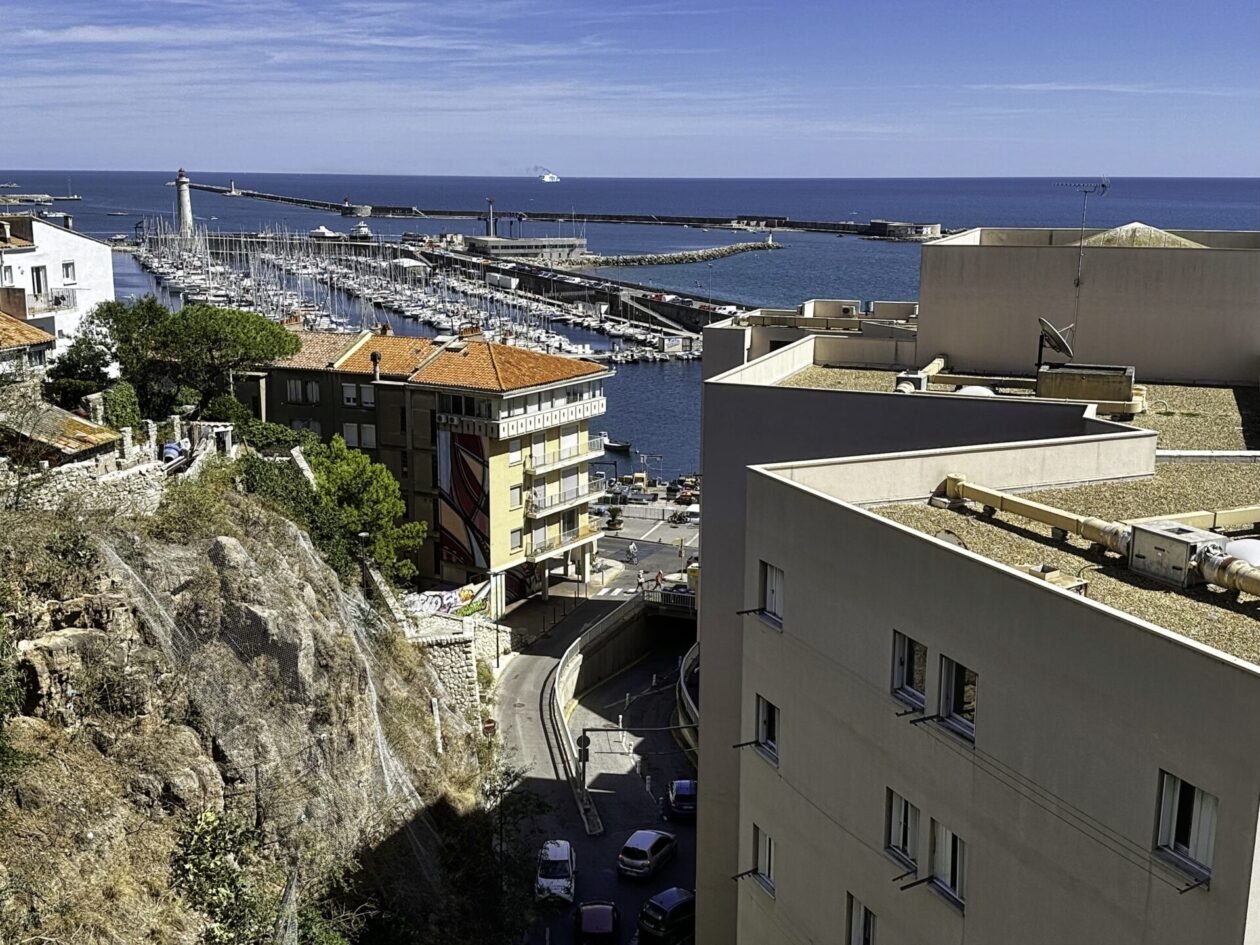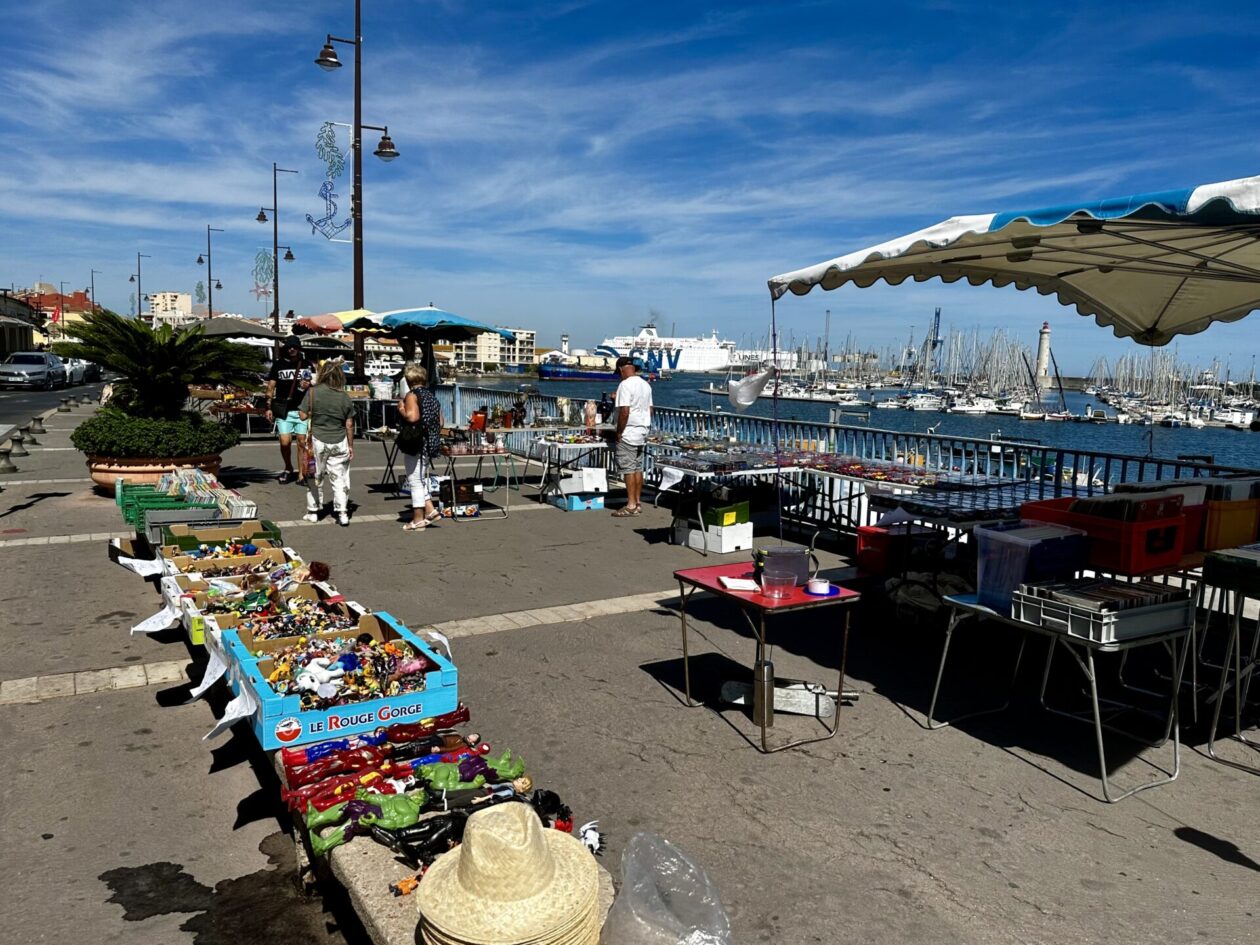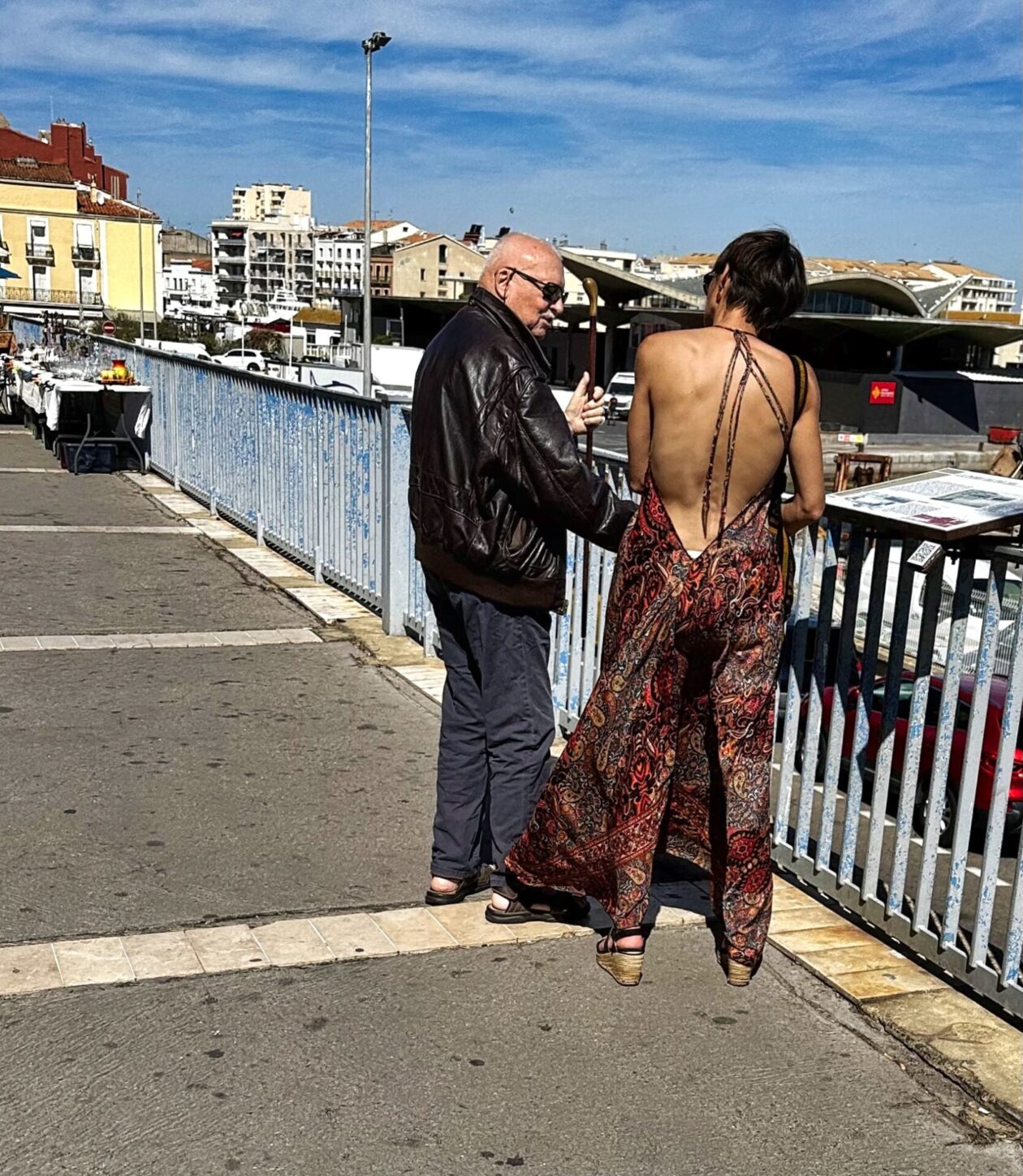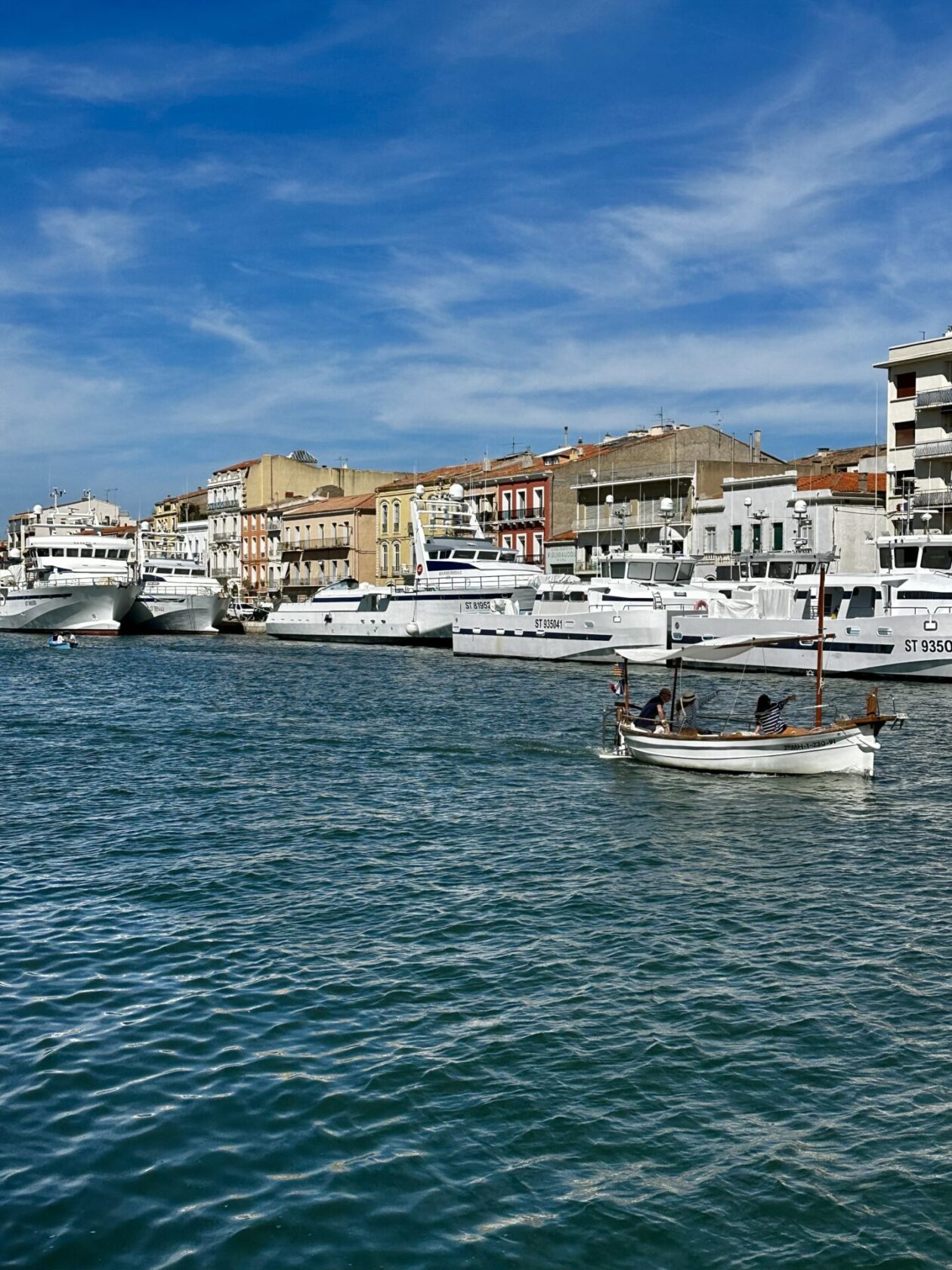- The start of our Pan European Sojourn
- And we’re off — first stop Palma de Mallorca!
- Alicante, Spain
- Sète and Aigues Mortes, France
- St. Tropez and Gassin, France
- Portofino and Camogli, Italy
- Paris and Angers, France
- Bucharest, Romania
- Into the Carpathian Mountains — Peles Castle
- Brasov and Sighisoara, Romania
- Bran Castle and the legend of Dracula!
- Vidin, Bulgaria
- Valiko Tarnavo and Arbanasi, Bulgaria
- Rolling down the (Danube) river and Golubac Fortress, Serbia
- Belgrade, Serbia
- Novi Sad, Serbia and Vukovar, Croatia
- Pécs, Hungary
- Budapest, Vienna, and end of trip
This morning we arrived in Sète, known as the Venice of Languedoc, France. It was founded by Louis XIV in 1666 to create an exit for the Canal du Midi into the Mediterranean Sea. It rapidly grew and expanded, moving from just an important trading port to fishing, shellfish farming, and salt production. It is surrounded on three sides by water and dotted with canals — hence it’s nickname. Before we explored Sete, however, we drove for an hour to get to the walled city of Aigues Mortes, founded in 1240 by Louis IX (who later became St. Louis (very controversial in the area) as both a small salt water port and ultimately to launch the Seventh and Eighth Crusade. Over time, the walled city was created to protect the town from the multiple religious and civil wars. Today, the town remains much as it was, but has become a very trendy place to live for those who work inside the walls, at the nearby salt production facility, and commuters to other nearby cities. Inside the walls, all streets lead to Place Saint Louis that is in center of town and has a large statue of St. Louis, commemorating the Crusades. Most of the shops are run by local artisans and there are a number of local delicacies there. Deb ended up getting this beautiful waterproof jacket and we both splurged on a local pastry called fougasse. Yum! On our way back to Sète, we saw hundreds of flamingoes that live in the area all year round.
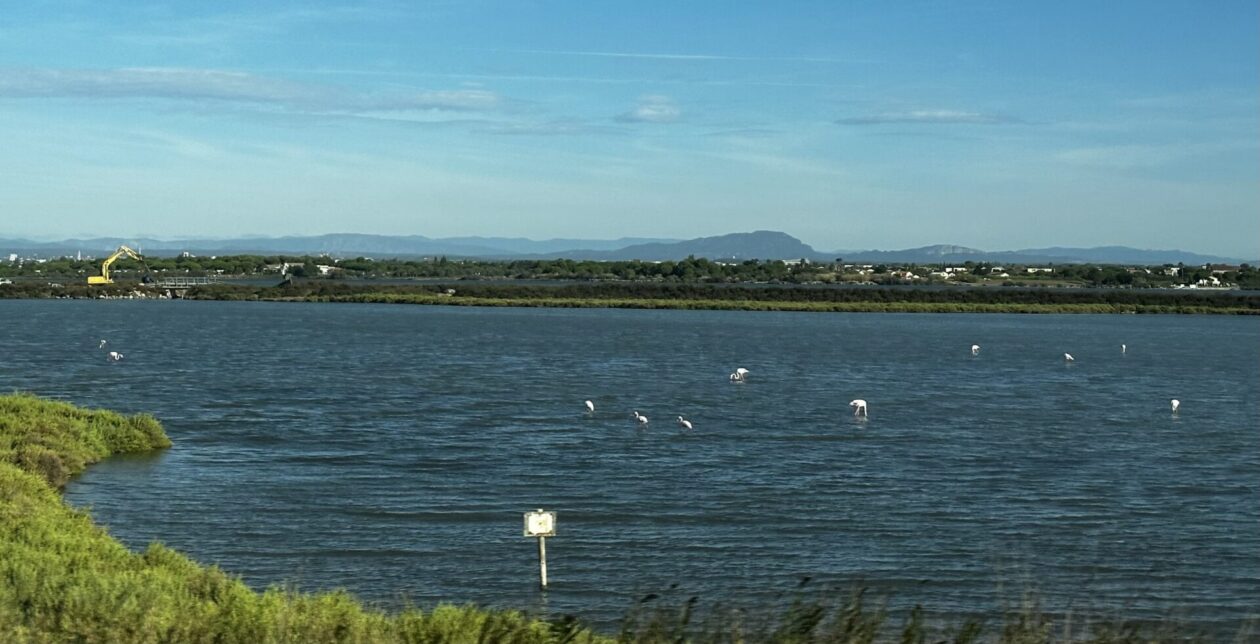
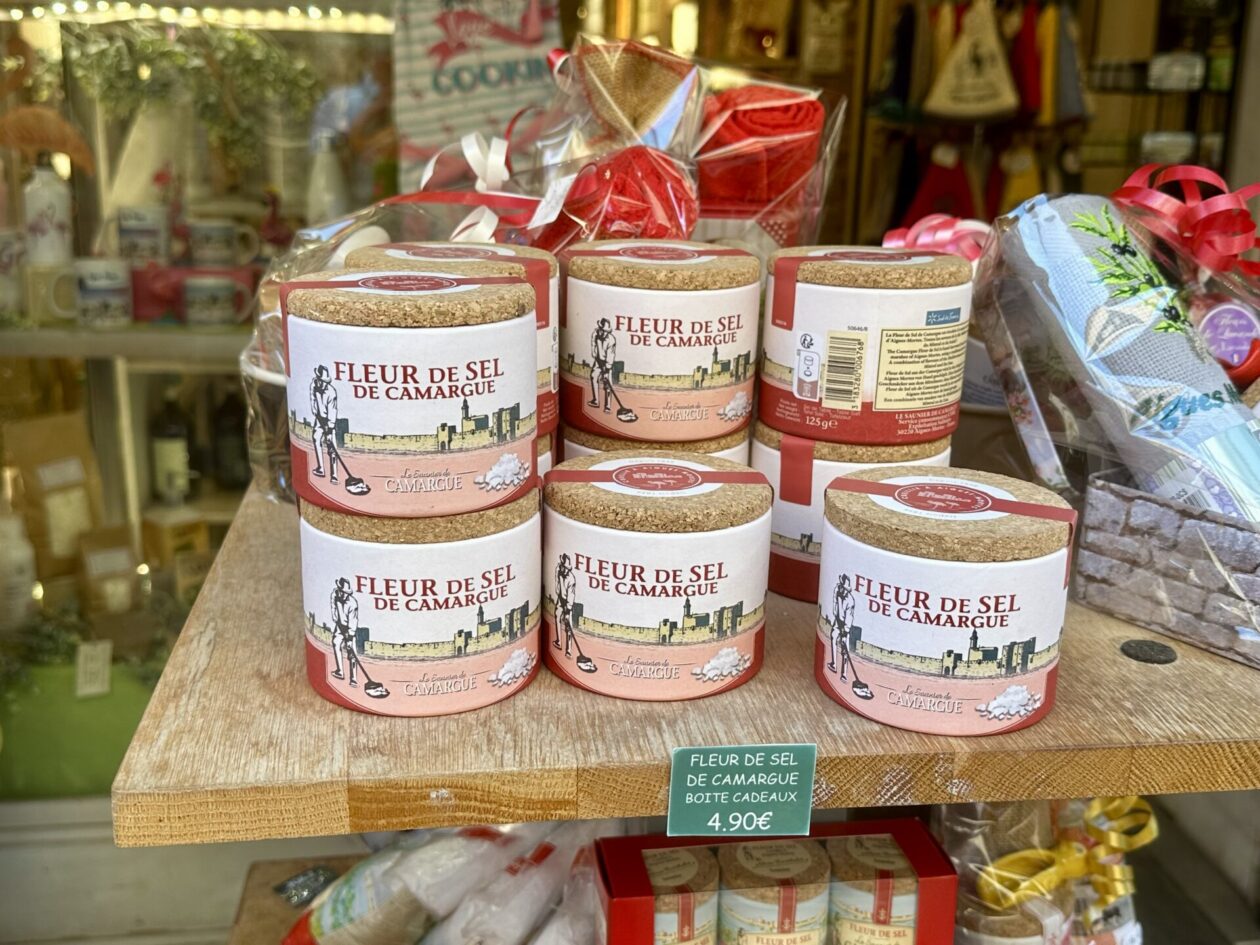
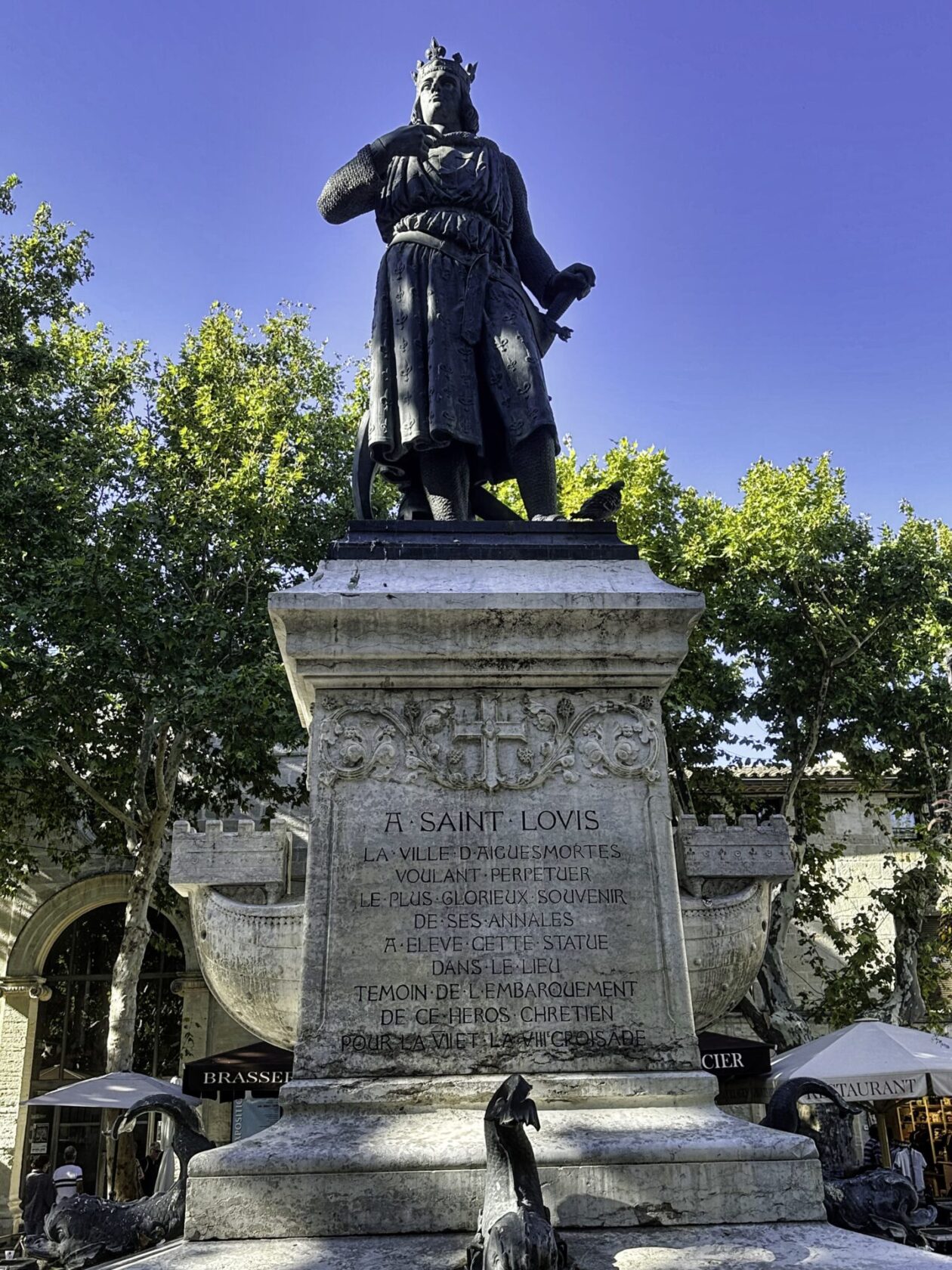
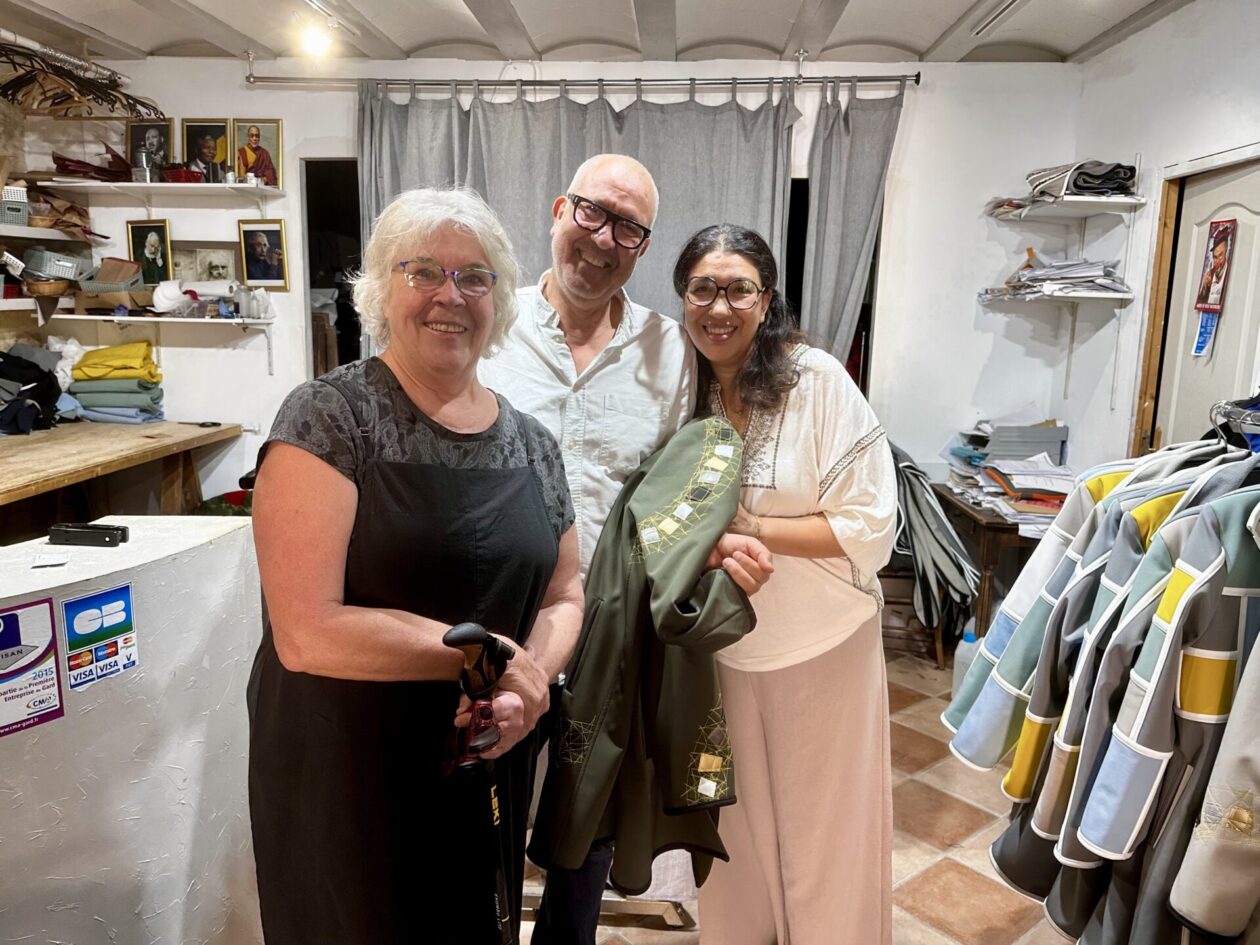
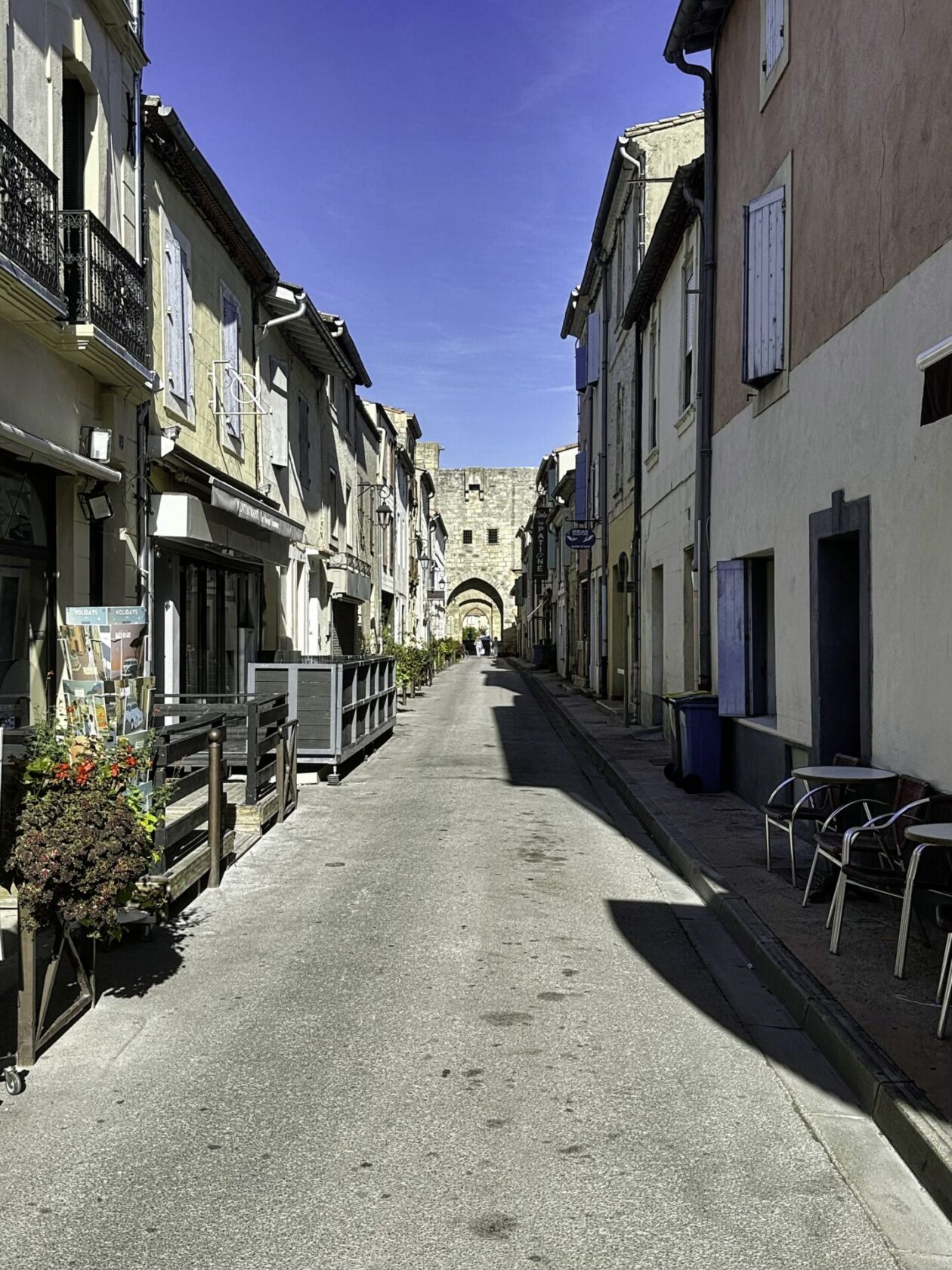
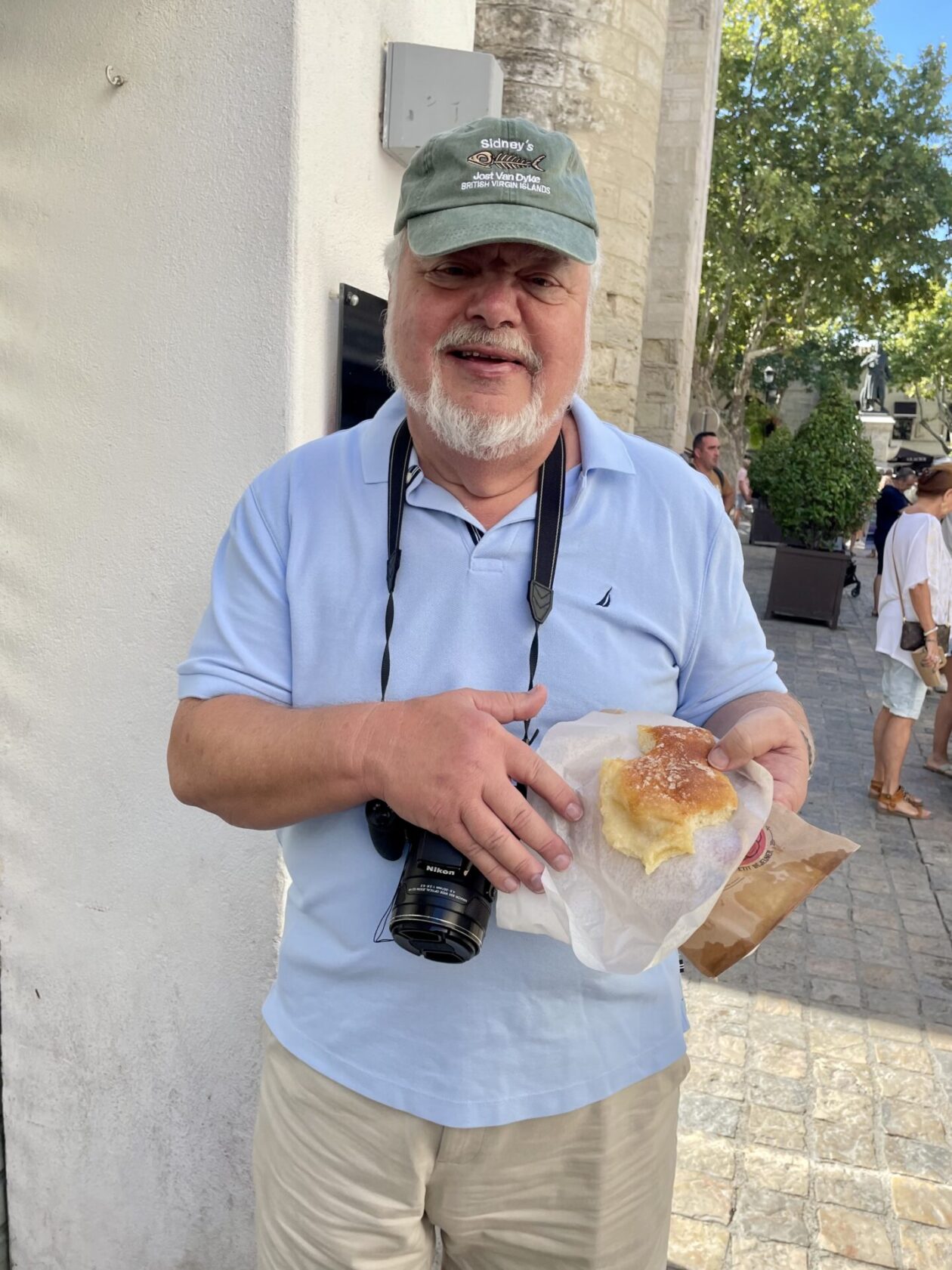
Once back in Sète, we wandered along the canals to see a variety of fishing trawlers and pleasure craft, as well as all the little shops and stands catering to pretty much anything you are looking for. Along the quay, renovated buildings provide a multitude of architectural details from the 18th and 19th centuries. The life of the town is found in its squares, with markets, bandstands, and sitting areas making these very comfortable places to congregate. Since the market I wanted to visit had just closed, I ventured way up in the hills above the city and visited two museums — the Musee Paul Valery, a contemporary museum that had an exhibition of one of France’s most famous contemporary artists, and the Museum of the Sea, a small museum that traces the development of Sète and its connection to the sea. One of the things I learned at the latter museum is the town’s tradition of water jousting. Yeah, it’s just what you are thinking only substituting boats for horses with teams rowing towards each other. This sport has been going on in Sete since there has been a Sete. It turns out we missed the annual 5-day event by two days, but I got to see video of it. Amazing!
